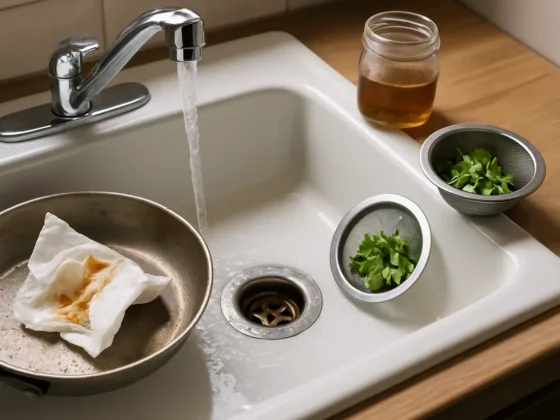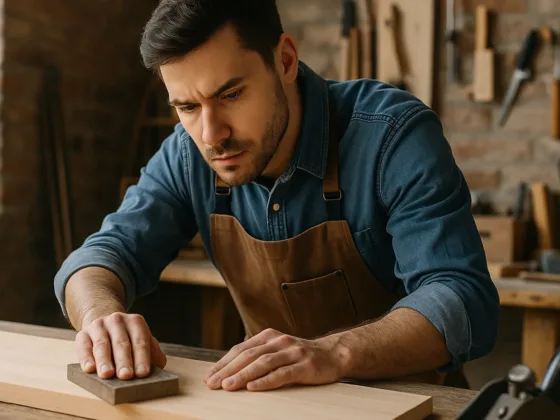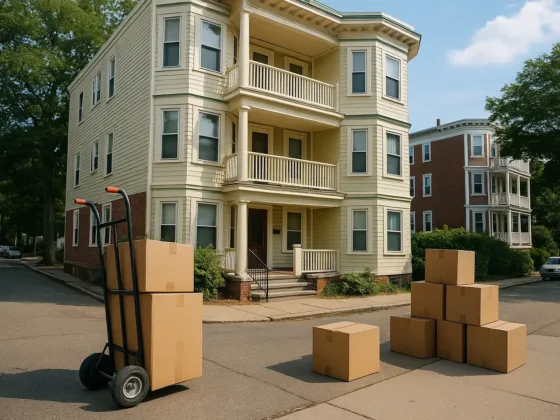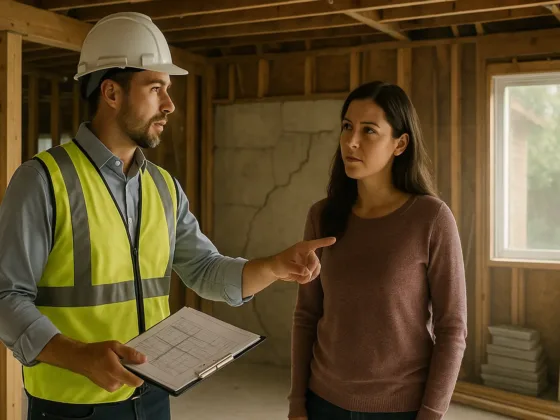Table of Contents Show
As a liquid screed company in Bristol, we regularly tell our clients that laying a screed floor is one thing, but preparing for this process is just as, if not more important. So in this sense, at least it’s no different from prepping a room you’re about to decorate.
That’s where the similarity ends. We want to ensure that there’s no room for error. So here are the steps our experienced contractors follow to ensure that every floor we treat with liquid screed is ready before pouring.
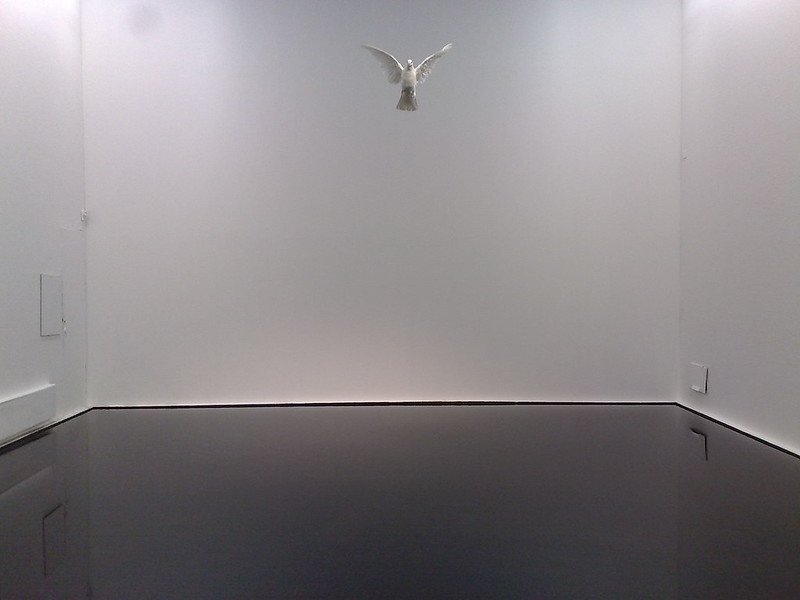
Step 1: Get the Quantities Right
You must measure the amount of screed you need for the floor you’re treating. It stands to reason that if an insufficient amount is calculated, more screed will need to be ordered, and the existing batch is at risk of going off.
It is essential to try and avoid mixing different batches of the screed. This is because there may then be irregularities or inconsistencies and, a potential waste of product. It can also lead to added unnecessary expenditure.
Step 2: Clean the Floor
Before going any further, the floor in question has to be dirt, dust, and debris-free. Sweeping the floor is your first step here, either with a brush or with a powerful vacuum.
This should ideally then be followed by cleaning the floor with a solution of warm water and cleaning solution and a mop, ensuring the mop is rinsed every few minutes. Once this has been done, use a soft material cloth to dry the floor.
Read Also:
Step 3: Add a Watertight Membrane
The best way to make a waterproof membrane is to use a polyethylene sheet. This is to stop any potential leakage of the screed when it is still wet. Ideally, the membrane will be around 1,000+ gauge.
Stick your polyethylene around the edges of the area that’s going to be screed and ensure it’s stuck to the walls to prevent the liquid screed from leaking. It’s important to use tape that doesn’t come unstuck; gaffer tape works well in this situation.
The screed moves and expands a little once it’s laid. However, you can allow for this by applying some expansion foam between where the screed has been poured and the walls of the room.
Once this step is complete and the screed has been poured, you’ll have what looks a bit like a shallow pool where the screed collects.
If you plan on insulating your floor, insulation will be laid before the floor is waterproofed with its membrane.
Step 4: Waterproof Shuttering
Any areas where the screed might attach itself and, such as pipes, steps, or doorways, need to be sealed. Ideally, this would be done with expanding foam or mastic to ensure the screed does not get to these areas.
Step 5: Secure Under-Floor Heating Pipes
To avoid any heating pipes coming to the surface when the screed is poured, the pipes need to be secured with clips. This way, everything is now secured and watertight, and it’s time to pour the screed.
The underfloor heating pipes can also be filled to stop them from floating up and prevent them from being squeezed by the screed’s weight.
Time to Pour
Once room temperature is not higher than 30°C or under five °C and falling, it’s OK to start pouring the screed.
Our contractors will double-check the area is watertight and then calculate the level at which the screed will go on the floor by using screed leveling tripods around the room.
The screed will be prepared using a mixer. Then, once it’s mixed, it’s poured into a pump and poured on the area in question. You’ll start with the area furthest away from the door or entrance.
This is to avoid anyone needing to walk across it. As it is being poured, a contractor will wade through it and spread it evenly across the area with a trowel.
Once poured, the tripods are removed and the screed is pressed down using a Screed Dapple Bar to remove any air bubbles and ensure a smooth and level finish.
Time to Dry
It takes a short time to pour the screed and a longer time to dry: ideally up to 72 hours. Any faster, and there is a risk of cracking.
Your contractor will calculate how long your floor will take to dry, depending on the area covered.
During this period, doors should be closed to limit ventilation. It’s likely the floor will be ready to walk on after about 24 hours, but it should not bear any heavily weighted structures for a week.
Sometimes a dehumidifier is used to speed up the drying period. Alternatively, if you have underfloor heating, this can be used on its lowest setting, but only after a week.
Get Ready to Lay Flooring
Once the screed floor is nice and dry, you have to prepare it before laying any flooring. This is because when the screed dries, a thin crust develops on the top. This is commonly called laitance.
The laitance needs to be removed before any further steps are taken, and ideally, no longer than a week after the screed has been laid because otherwise, it is harder to remove.
For example, if you’re laying tiles on the floor, the floor will need to be sanded first. This is because it needs to be smooth before any kind of tile adhesive is laid. However, if you plan to apply a different type of floor, brushing and vacuuming the laitance away will suffice.
Once the crust or laitance has gone, the floor will be sealed, not absorbing any moisture from the adhesive.
Liquid screeds have gained massive popularity in recent years. If you want to hire a liquid screed company in Bristol or anywhere else in England and Wales, we’ve got you covered with 11 branches across the UK, with more planned. Our work is completed to a highly professional standard and within your budget.



